How do spring-loaded displays enhance customer engagement?
Holidaypac
2024-10-02
1754
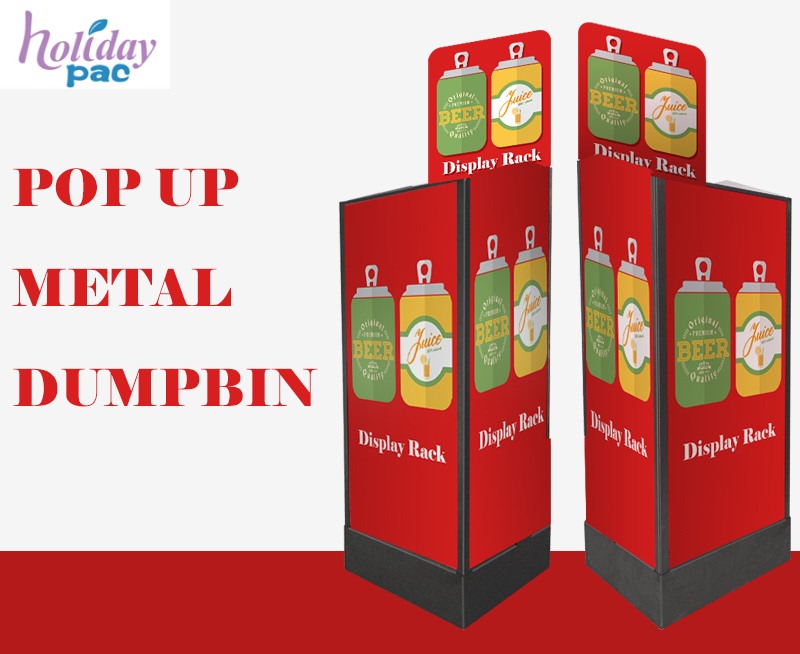
1.Functionality:
- Spring-loaded displays use an automatic lifting system that elevates products as items are removed from the top.
- When a customer takes the top product, the system springs into action, lifting the next item into view.
- This creates a dynamic, interactive display that keeps products at eye-level and easily accessible.
2.Construction:
- These displays are typically made of durable metal construction for longevity.
- They often use a combination of springs, gears, and sensors to detect when items are removed and trigger the lifting mechanism.
3.Benefits:
- Enhances customer engagement and interaction with products
- Keeps merchandise neatly organized and visible
- Streamlines the shopping experience by making products easily accessible
- Adds a dynamic, eye-catching element to retail displays
4.Applications:
- Commonly used for beverage displays, especially canned drinks
- Suitable for various types of packaged goods in retail environments
5.Customization:
- Can be customized to align with brand identity, incorporating colors, logos, and themes
6.Considerations
- May have longer lead times if manufactured overseas
- Typically more cost-effective for larger orders (e.g., minimum quantities of 200 units)
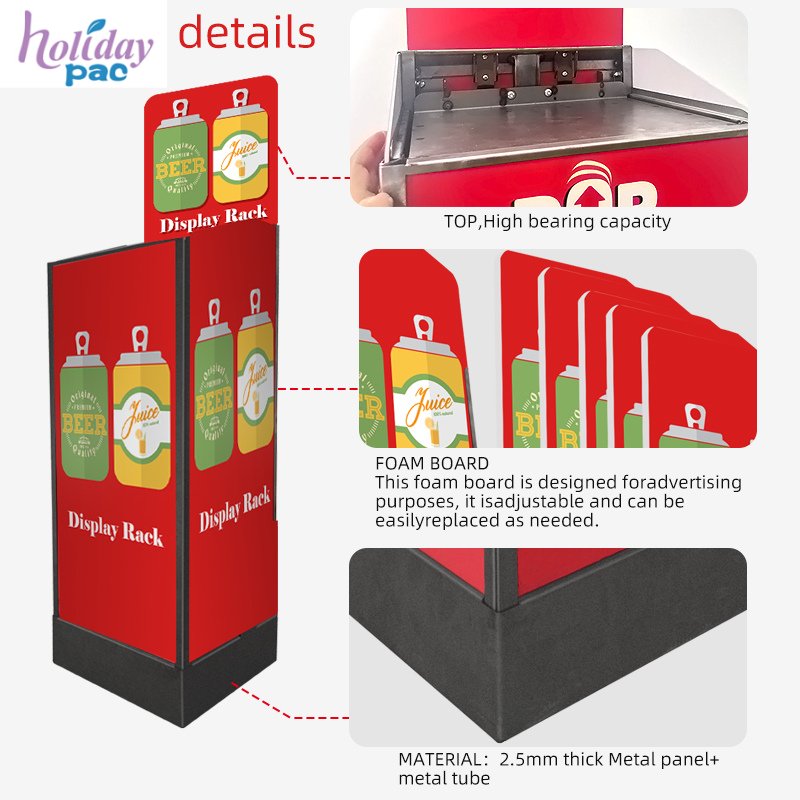
Spring-loaded displays can have a significant positive impact on sales figures in retail environments. Here are some key ways these dynamic displays influence sales:
- Increased visibility and attention: The movement created by spring-loaded displays naturally draws customers' eyes, making products more noticeable. This increased visibility can lead to higher engagement with the displayed items.
- Enhanced product accessibility: By automatically bringing products to eye-level as items are removed, these displays make it easier for customers to see and reach products. This improved accessibility can encourage more impulse purchases.
- Novelty factor: The unique presentation style of spring-loaded displays creates a sense of novelty and interest, which can pique customer curiosity and encourage interaction with the products.
- Perceived freshness: As products are continuously moved to the front, it creates an impression of freshness and constant restocking, which can be particularly beneficial for food and beverage items.
- Space optimization: By utilizing vertical space efficiently, these displays allow retailers to showcase more products in a smaller footprint, potentially increasing sales per square foot.
- Improved customer experience: The interactive nature of spring-loaded displays can enhance the overall shopping experience, potentially leading to increased customer satisfaction and loyalty.
- Cross-selling opportunities: Strategically placed spring-loaded displays can encourage customers to make additional purchases they may not have initially planned.
- Brand differentiation: Innovative display techniques can help brands stand out in a crowded retail environment, potentially leading to increased brand recognition and sales.
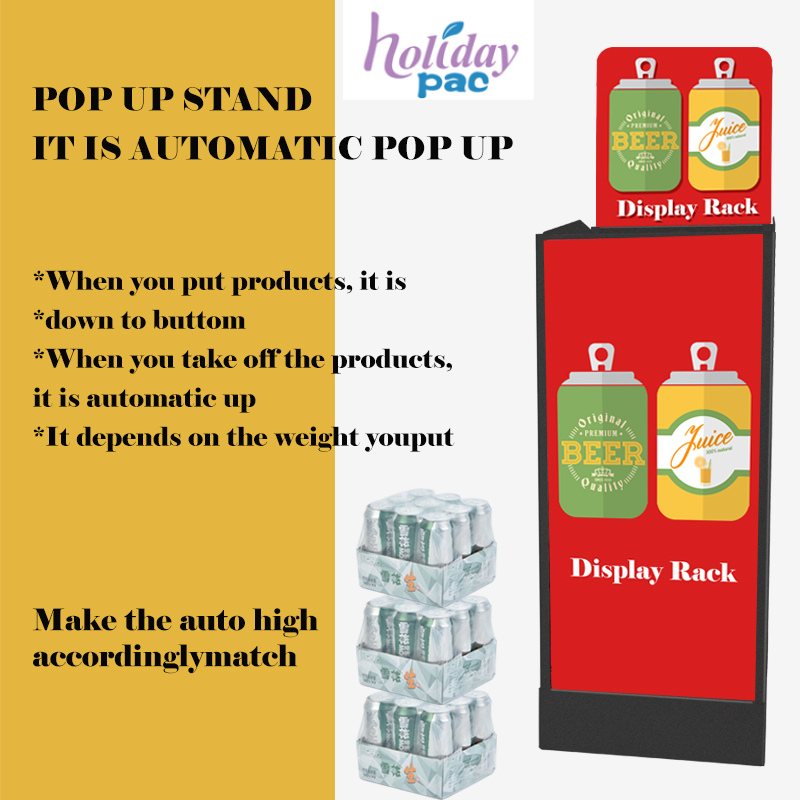
While specific sales figures would vary depending on the product, store layout, and target audience, many retailers report noticeable increases in product turnover and sales when implementing spring-loaded displays. The dynamic and interactive nature of these displays can be a powerful tool in capturing customer attention and driving sales in retail environments.
What are the cost implications of using spring-loaded displays
Here are some key points about the cost implications of using spring-loaded displays:
- Initial investment: Spring-loaded displays typically require a higher upfront cost compared to traditional static displays due to their mechanical components and more complex construction.
- Durability and longevity: These displays are often made of sturdy metal, which contributes to their durability and longevity. This can lead to lower replacement costs over time compared to less durable display options.
- Labor cost reduction: Spring-loaded displays can help reduce merchandising labor costs by automatically keeping products front-facing and accessible. This means less time spent by staff on restocking and organizing shelves.
- Space optimization: By efficiently utilizing vertical space, these displays can maximize product visibility in a smaller footprint. This could potentially reduce overall display costs by requiring fewer units to showcase the same amount of merchandise.
- Customization costs: Spring-loaded displays offer high levels of customization to align with brand identity. While this can increase initial costs, it may lead to better brand recognition and potentially higher sales.
- Maintenance considerations: The mechanical nature of these displays may require occasional maintenance or repairs, which should be factored into long-term cost projections.
- Potential sales increase: While not a direct cost, it's important to consider that these displays can potentially increase sales by improving product visibility and customer engagement, which could offset their higher initial cost.
- Bulk ordering: Some manufacturers may offer more cost-effective pricing for larger orders (e.g., minimum quantities of 200 units), which could reduce per-unit costs for retailers needing multiple displays.
When considering spring-loaded displays, retailers should weigh these cost factors against the potential benefits in terms of improved customer engagement, space efficiency, and potential sales increases.
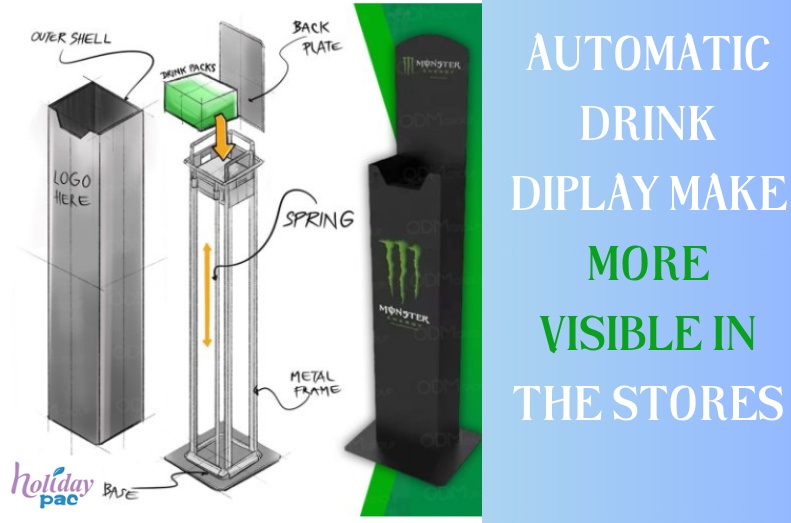
How do the costs of spring-loaded displays vary by industry
The costs of spring-loaded displays can vary significantly depending on the industry and specific application. Here are some key factors that influence the costs across different industries:
1.Retail and Consumer Goods:
- Generally lower cost per unit due to higher production volumes
- Costs can range from $50-$500+ per unit depending on size and complexity
- Materials often include plastic, cardboard, or lightweight metals
- Customization and branding increase costs
2. Electronics and Technology:
- Higher costs due to more complex mechanisms and security features
- Prices can range from $200-$2000+ per unit
- Often use higher-end materials like aluminum or reinforced plastics
- May incorporate electronic components for interactive displays
3.Food and Beverage:
- Wide range from $50-$1000+ depending on size and refrigeration needs
- Materials must be food-safe and potentially temperature-controlled
- Higher volumes can lead to lower per-unit costs
4.Pharmaceuticals:
- Mid to high range, often $50-$1000+ per unit
- Must meet strict regulatory standards for safety and security
- May incorporate locking mechanisms or tamper-evident features
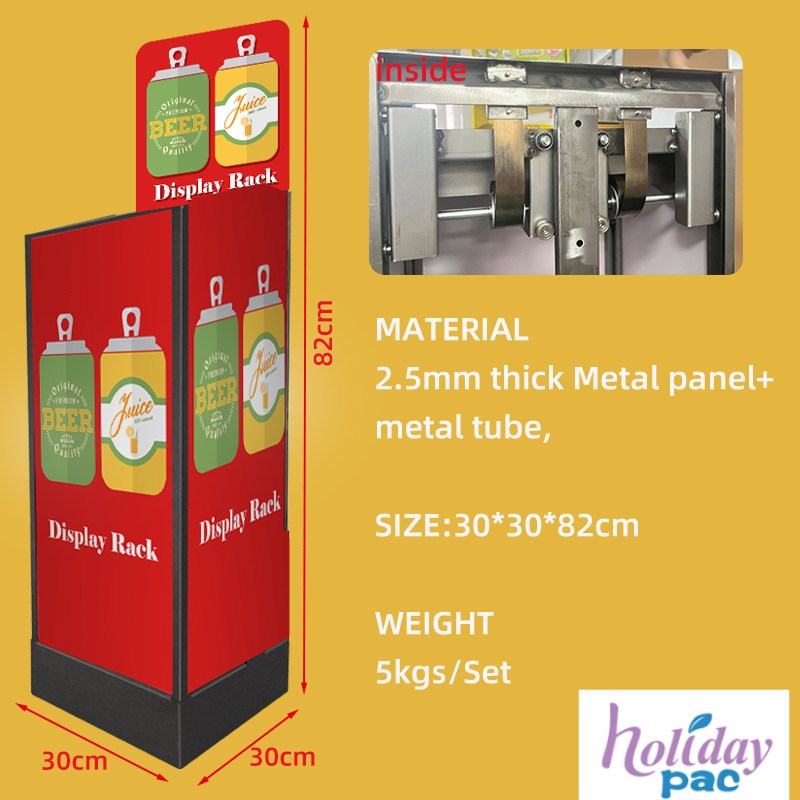
Factors affecting costs across all industries:
- Quantity ordered (bulk discounts for larger orders)
- Customization and branding requirements
- Complexity of the spring-loaded mechanism
- Durability and expected lifespan of the display
- Shipping and installation costs
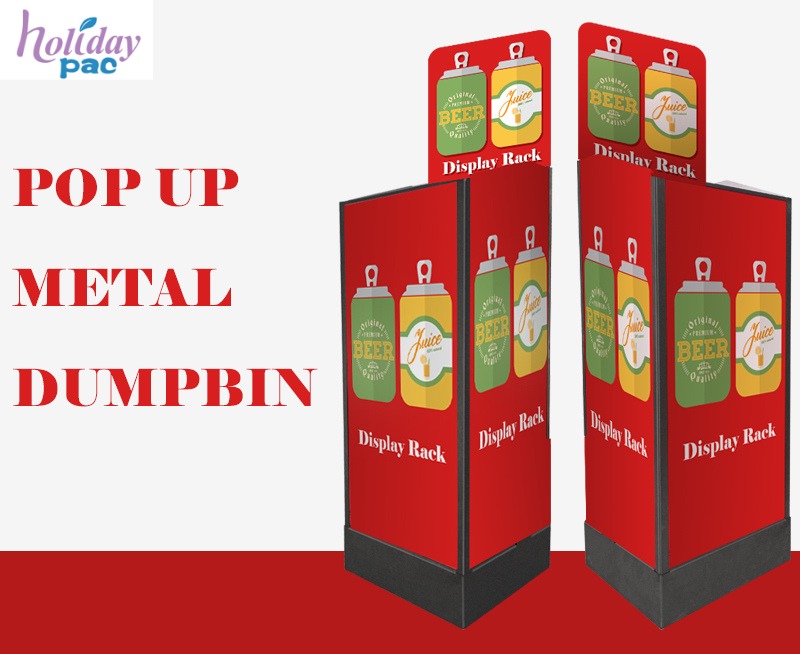
When considering spring-loaded displays, companies should weigh the initial investment against potential benefits like increased sales, improved product visibility, and reduced labor costs for restocking. The right display can provide a good return on investment despite higher upfront costs.






